‘A Collective Invention: Photographs at Play’ opens at The Morgan this week. Curator Joel Smith introduces its creative concept…
Click here for a gallery of images from the show
Can you tell us a bit about the exhibition?
‘A Collective Invention’ is a sequence of 85 photographs, arranged as a chain of visual associations that invites visitors to look closely and think creatively about their connections. The next photograph facing you might be a modernist classic, a novelty item, a crime record, a work of folk art or conceptual art, a wire news photo, or a postcard. The works come from 25 collectors, including several artists, and from the collection of The Morgan, whose photography department was founded in 2012.
What makes this a distinctive show?
Instead of teaching a lesson or making an argument, this is a show that asks you to occupy a curator’s role: making sense of what you’re seeing at every step. Anyone familiar with photography will find some familiar themes (light, death, documents, glamour), but they crept in on their own; the point here is to see with the freshest eyes you can.
How did you come to curate this exhibition?
Photography is a new focus for The Morgan, so my first order of business was to engage the wits and resources of inventive, diverse local collectors. I wanted to learn all about what they collect and why. This show gave me an ideal reason to say, ‘Hi! May I please see every great photograph you own?’
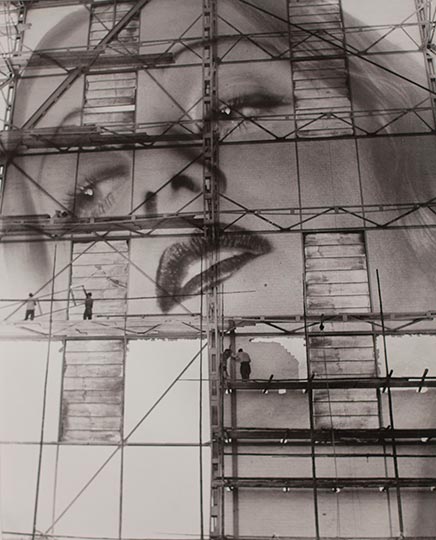
Erotic–In a Big Way! (1928–32), Heinz Hajek-Halke. © Michael Ruetz, Heinz Hajek-Halke Archive / courtesy Johanna Breede PHOTOKUNST
What is likely to be the highlight of the exhibition?
Every piece will be someone’s favorite. But the real action here occurs between the frames, where you set aside the first way you understood an image and start thinking about it differently. I hope visitors walk away remembering a conversation that sprang up in the gallery. The ending is spectacular and a joy, but I couldn’t forgive myself if I gave it away.
And what’s been the most exciting personal discovery for you?
The artist Vik Muniz (whose ‘Rebus’ show at MoMA in 2008 was a big inspiration) lent an old photograph of what looks like three marble sculptures, but turns out to be three men painted white and posing. Examining the print after it arrived, I found a dry-stamp that identified its origins: a German photographer’s studio in Rangoon, Burma, in the 1880s. That’s a crazy example, but the lesson of the whole show is the same: it’s all in the details.
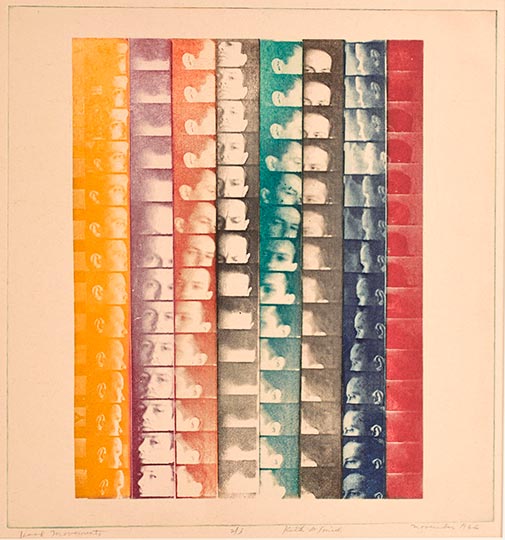
Head Movements (1966), Keith Smith. Collection of Richard and Ronay Menschel © Keith Smith, courtesy of Bruce Silverstein Gallery, NY
What’s the greatest challenge you’ve faced in preparing this exhibition?
First, because of the intricacy of the sequence, I worried endlessly – and needlessly! – about failing to secure the loan of this or that piece. Second, it challenged my training not to write a label explaining each piece, which (as I learned by trying) would have killed the whole spirit of the show.
How are you using the gallery space? What challenges will the hang/installation pose?
The works hang close side by side, like frames in a comic strip, so that you can see each picture’s neighbors to left and right. They come in every type of format, from Kodak Camera cards to big colour prints to sculpture to bookplates, so it has taken work to get them to play together nicely.
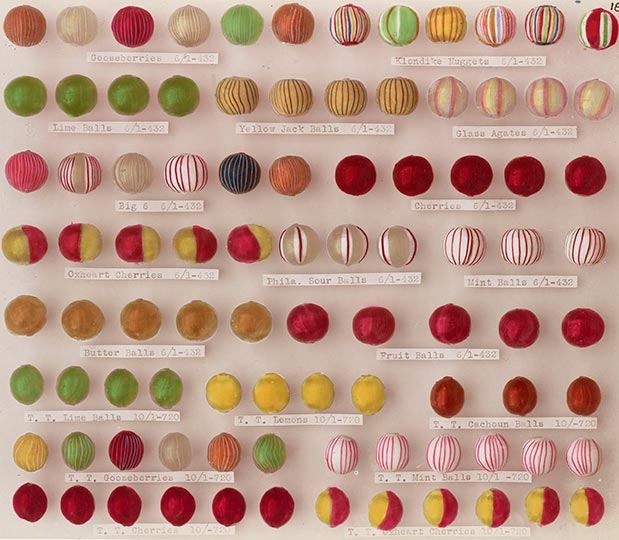
Ninety-One Brandle & Smith Candies (1910s), Schagge Brothers Studio, Minneapolis. The Morgan Library & Museum
Which other works you would have liked to have included?
I drafted countless versions of the sequence on my laptop, and I must have auditioned a thousand images to arrive at these 85. I believe any curator would tell you the same: it’s agonising to leave out anything terrific, but once you’ve hit on the checklist that works, the pain fades instantly.
Click here for a gallery of images from the show
‘A Collective Invention: Photographs at Play’ is at the Morgan Library & Museum from 14 February–18 May 2014.

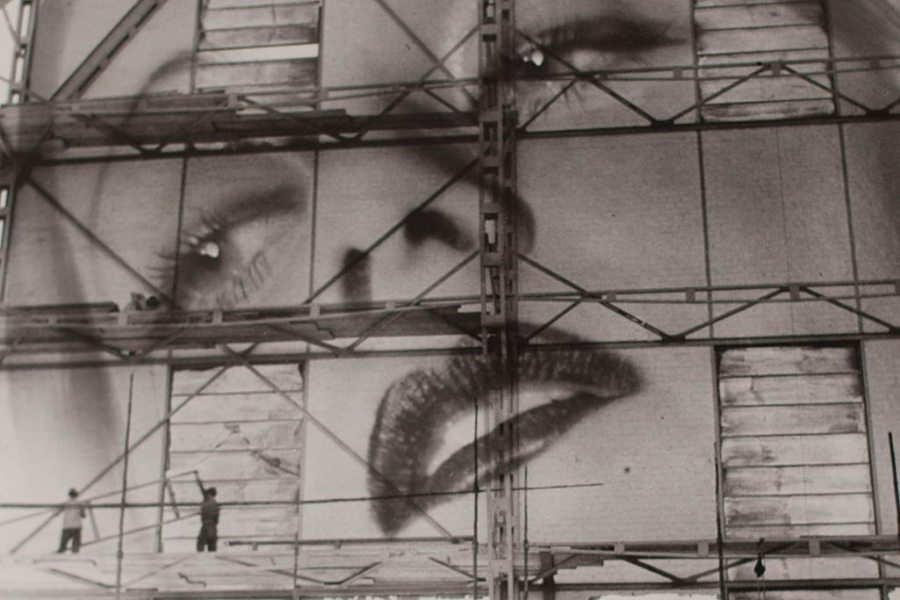
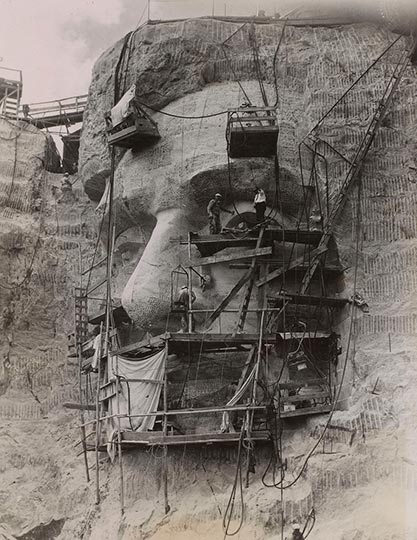
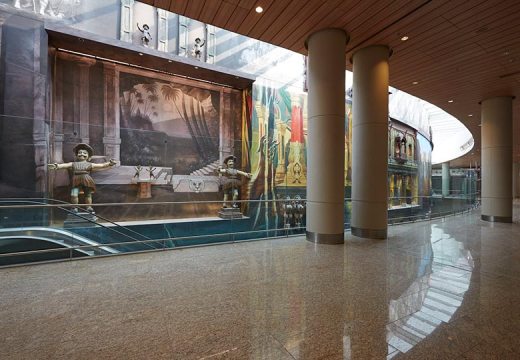
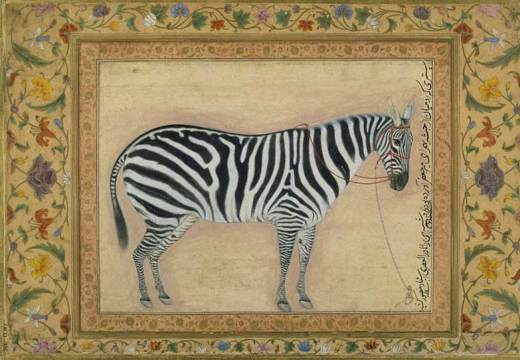
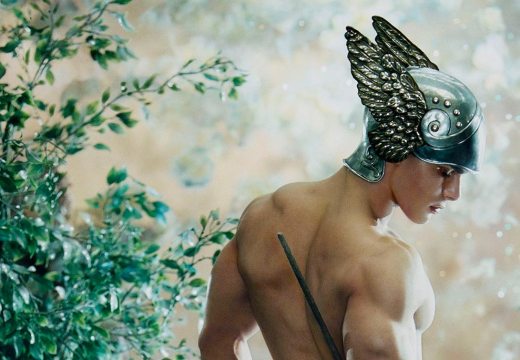









![Masterpiece [Re]discovery 2022. Photo: Ben Fisher Photography, courtesy of Masterpiece London](http://www.apollo-magazine.com/wp-content/uploads/2022/07/MPL2022_4263.jpg)
Suzanne Valadon’s shifting gaze